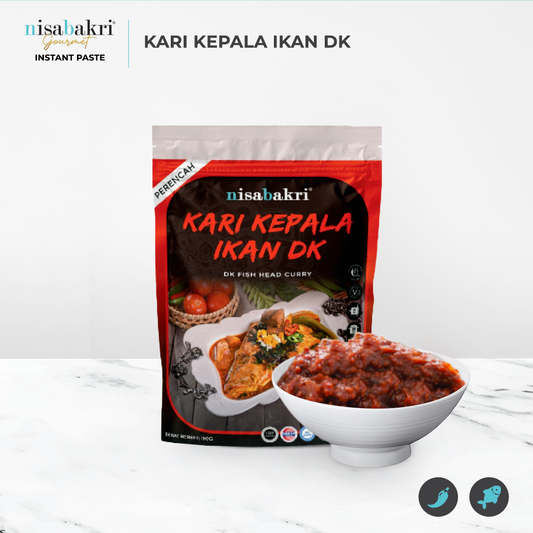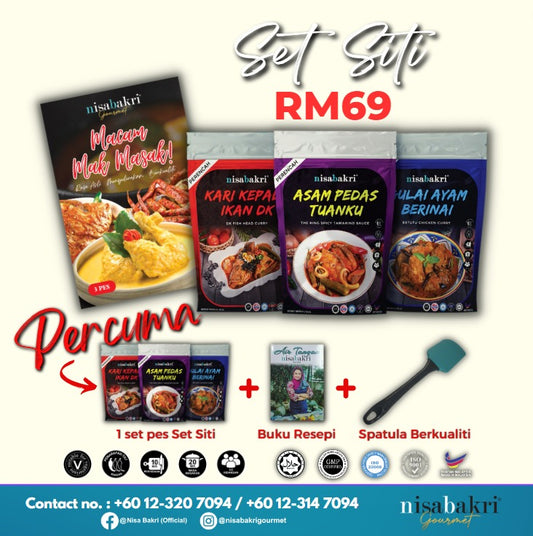Curry paste can be found in many different colors and levels of spiciness, ranging from mild to very hot. It is often used as a base for curry dishes. It is a versatile ingredient that adds a complex, aromatic flavor to a variety of dishes, including curries, stews, soups, and marinades. The combination of spices and herbs in curry paste can vary widely, depending on the region and recipe, which gives each type of curry paste a unique flavor profile.
Some curry pastes are spicier, while others are milder, and some are made specifically for use in vegetarian or meat-based dishes. Curry paste is an essential ingredient for anyone who loves to cook Southeast Asian cuisine and wants to add authentic, bold flavors to their dishes.

What is Curry Paste?
Curry paste is a blend of ground spices and herbs that is used to flavor curry dishes. Curry paste is used to add flavor and depth to many dishes, such as curries, soups, stews, stir-fries, and marinades. It is a versatile ingredient that can be used with a variety of meats, fish, vegetables, and grains, making it a popular choice for both omnivores and vegetarians.
In addition to its delicious flavor, curry paste also has some health benefits, as many of the ingredients used in its preparation are rich in antioxidants and anti-inflammatory compounds. Curry paste's popularity is due to its unique and delicious flavor profile, versatility in cooking, and potential health benefits.
Common Types of Curry Paste:
There are many different types of curry paste used in cuisine, each with its own unique flavor profile and spiciness level. Here are some common types of curry paste:
Red Curry Paste:
Red curry paste is a type of curry paste used in Southeast Asian cuisine, particularly in Thai cooking. It is made from a blend of red chili peppers, garlic, lemongrass, galangal, shallots, shrimp paste, and other spices. The ingredients are ground together to form a thick, fragrant paste that can be used as a base for a variety of dishes.
Red curry paste has a vibrant red color and a spicy, savory flavor. It is typically used to make red curry dishes, which can include a variety of ingredients such as chicken, beef, seafood, vegetables, and tofu.
Red curry paste can be purchased pre-made in stores or can be made from scratch using fresh and dried ingredients. It can be stored in the refrigerator or freezer for several weeks, depending on the ingredients used.
Yellow Curry Paste:
Yellow is made from a blend of spices such as turmeric, cumin, coriander, ginger, garlic, lemongrass, and chili peppers, along with other aromatics like shallots and galangal. These ingredients are ground together to form a thick, fragrant paste that is used as a base for many different dishes.
Yellow curry paste has a mild, slightly sweet flavor and a bright yellow color from the turmeric used in the recipe. It is typically used to make yellow curry dishes, which can include a variety of ingredients such as chicken, beef, seafood, vegetables, and tofu.
Coconut milk is often added to yellow curry dishes to create a creamy, rich texture. Yellow curry paste can be purchased pre-made in stores or can be made from scratch using fresh and dried ingredients. Yellow curry paste is a versatile and flavorful ingredient that is essential for anyone who loves Thai cuisine.
Green Curry Paste:
Green curry paste is a type particularly use in Thai cooking. It is made from a blend of green chili peppers, lemongrass, galangal, garlic, shallots, cilantro, kaffir lime leaves, and other spices. These ingredients are ground together to form a thick, fragrant paste that is used as a base for many different dishes.
Green curry paste has a bright green color and a spicy, herbaceous flavor. It is typically used to make green curry dishes, which can include a variety of ingredients such as chicken, beef, seafood, vegetables, and tofu. Green curry paste can be purchased pre-made in stores or can be made from scratch using fresh and dried ingredients. It can be stored in the refrigerator for several days.
Massaman Curry Paste:
Massaman curry paste is made from a blend of dried red chili peppers, lemongrass, galangal, garlic, shallots, coriander seeds, cumin seeds, cinnamon, cardamom, and other spices. These ingredients are ground together to form a thick, fragrant paste that is used as a base for many different dishes.
Massaman curry paste has a complex flavor with hints of sweetness, thanks to the addition of cinnamon and cardamom. It is typically used to make massaman curry dishes, which can include a variety of ingredients such as chicken, beef, potatoes, onions, and peanuts. Massaman curry paste can be purchased pre-made in stores or can be made from scratch using fresh and dried ingredients.
Conclusion:
Curry pastes are a great way to add flavor and health benefits to your meals. They're also versatile and can be used in a variety of dishes, making them a valuable ingredient to have in your kitchen. Curry pastes have excellent source of antioxidants and has anti-inflammatory properties due to the presence of chili peppers and other spices.
Green curry paste is rich in lemongrass, which has antibacterial and anti-inflammatory properties. It also contains kaffir lime leaves, which are rich in antioxidants and have immune-boosting benefits. If you want to buy any type of curry paste you can visit https://www.nisabakrigourmet.com/ for best taste.
FAQ:
1. What is the mildest curry paste?
Yellow curry paste is generally considered the mildest of the common curry pastes used in Thai cuisine. It is made with a milder variety of chili peppers compared to red or green curry pastes, and it also contains turmeric, which gives it a yellow color and a mild, slightly sweet flavor.
However, it's important to note that the level of spiciness can vary depending on the brand and recipe of the yellow curry paste. If you're sensitive to spice, it's always a good idea to check the label or ask the manufacturer about the level of heat in the curry paste before using it in your cooking.
2. Can I use different types of curry paste in the same recipe?
Yes, you can use different types of curry paste in the same recipe, but it's important to keep in mind that the flavor and spiciness of the final dish may vary depending on the type of curry paste you use. It's a good idea to use curry pastes that are similar in flavor and spiciness to ensure that the flavors blend well together.
3. Are there any vegetarian alternatives to shrimp paste in curry paste?
Yes, there are several vegetarian alternatives to shrimp paste that can be used in curry paste. Miso paste, which is made from fermented soybeans, can add a savory, umami flavor to curry paste. It's a good replacement for shrimp paste if you're looking for a vegetarian option.
Dried mushroom powder can be added to curry paste to give it a savory, umami flavor. It's a good substitute for shrimp paste if you're looking for a vegetarian option. Soy sauce can also be used as a substitute for shrimp paste. It adds a salty, savory flavor to the curry paste.
4. How long can I store curry paste in the fridge?
Storing curry paste in the fridge can vary depending on the ingredients and preservatives used in the paste, as well as how it is stored. Generally, homemade curry paste can be stored in an airtight container in the refrigerator for up to 1 to 2 weeks. Commercially made curry paste typically can store for longer time for up to 1 to 2 months, as long as it is kept tightly sealed and away from heat and moisture.
 Uitverkocht
Uitverkocht


